The Chinese regime has unveiled a long-awaited plan to overhaul its swollen state-owned companies.
The reform of state-owned enterprises (SOEs) comes amid the backdrop of China’s slowing economy and an unrelenting anti-corruption campaign by Communist Party leader Xi Jinping that is now targeting state enterprises.
According to the guidance released by the Chinese Communist Party’s Central Committee and the State Council—China’s cabinet—which was carried by state news agency Xinhua, Chinese authorities intend to “improve the competence of SOEs and turn them into fully independent market entities.”
But some analysts have said that the plan appears to be an unconvincing and ineffective effort at reforming entities reputed for their inefficiency and rampant corruption.
State firms will be allowed to take on private investors and sell shares to employees, Xinhua reported. Companies will be merged to improve competitiveness internationally, but the plan did not detail the firms slated for consolidation.
Earlier reports in the Chinese press suggest that energy, resources, and telecommunication firms are expected to be consolidated. Boards of directors and management at state firms will be granted more leeway in the decision-making process, and “intervention by government agencies will be forbidden,” Xinhua wrote.
The reforms are expected to be accomplished by 2020, according to Xinhua.
In China, there are over 155,000 state-owned enterprises in sectors from telecommunications, oil, steel, airlines, and banks. The State-owned Assets Supervision and Administration Commission, a Party organization that manages state firms, directly runs 111 of these companies. The state sector employs tens of millions of people, but sucks up China’s natural resources, capital, and by extension, taxpayers’ money.
China’s bloated state firms also have a reputation as sites of official malfeasance—the Party officials who control state-owned enterprises abuse their positions to take in small and large fortunes for themselves and their associates.
Over the decades, the communist regime strove to restructure and make efficient its sprawling state sector. Former Chinese Premier Zhu Rongji closed thousands of state-owned enterprises in the 1990s. In 2013, top Party leaders agreed to a set of proposals to revamp the country’s ailing state companies, which were constantly being outperformed by firms in the private sector.
While the recently announced plan appears to show that the regime is comfortable with merely a stakeholder role in state firms while leaving the day-to-day running to company managers, it still insists on retaining a strong Party presence, ostensibly to combat corruption.
State firms are required to have “Party organizations” that will seek to “implement strict Party rule and responsibilities” and “further enhance the development of corporate executives, leaders, and personnel of state-owned companies,” Xinhua reported. The ultimate goal is the development of “effective mechanisms so that corporate executives dare not be corrupt, cannot be corrupt, and do not want to be corrupt.”
“In the process of deepening reforms of state-owned enterprises, the leadership of the Party can only be strengthened, not weakened,” said Zhang Yi, head of the State-Owned Assets Supervision and Administration Commission, in a statement following the reform unveiling.
The drive to enhance Party presence in state firms undoubtedly increases Chinese leader Xi Jinping’s control over another crucial sector as he seeks to root out the political network of former Communist Party boss Jiang Zemin. Jiang’s powerful allies in the oil and steel industry, as well as his son Jiang Mianheng in the telecommunications industry, have accumulated much wealth and influence; but many have in the last three years either been purged or rumored to be targeted by the Party’s anti-corruption agency. Wang Qishan, the head of the anti-corruption efforts, announced in June that 26 state-owned enterprises would be inspected in the current phrase of Xi’s sweeping anti-corruption campaign.
“This is not a game changer, it is an effort to hide the fact the SOEs are for the most part bankrupt,” wrote Mike Shedlock, a registered investment adviser representative for SitkaPacific Capital Management, on his blog, which deals with global economics.
“China would not need to ‘actively introduce different investors’ if the SOEs were solvent corporations. Instead, it’s pretty clear China hopes to transfer massive malinvestment losses to the public. China need fools to bail out the system,” Shedlock continued.
Chinese netizens on the popular microblogging service Sina Weibo also didn’t make much of the announcement.
“It is the citizens at the lowest-level of society that are hurt the most with every reform. So whenever I hear reform, I tremble in fear,” one netizen commented.
Another wrote, “There is a saying about state-owned companies—Party assets later become personal assets.”
State sector reforms were also announced around the time that China released figures for factory output and fixed-asset investment—two key economic benchmarks—that revealed weaker than expected growth, which makes it more challenging for the Chinese regime to hit its targeted 7 percent growth this year.
Frank Fang contributed to this report.
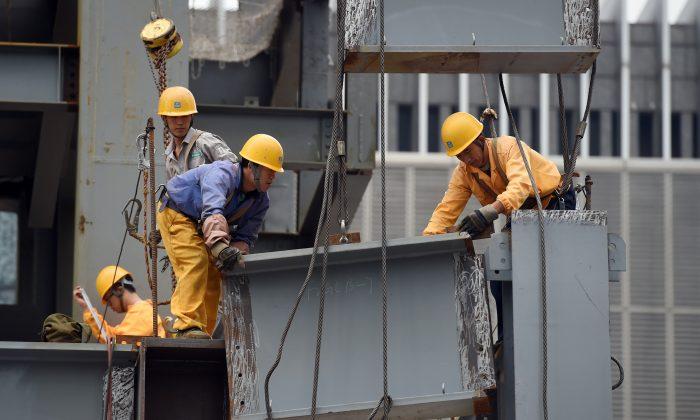
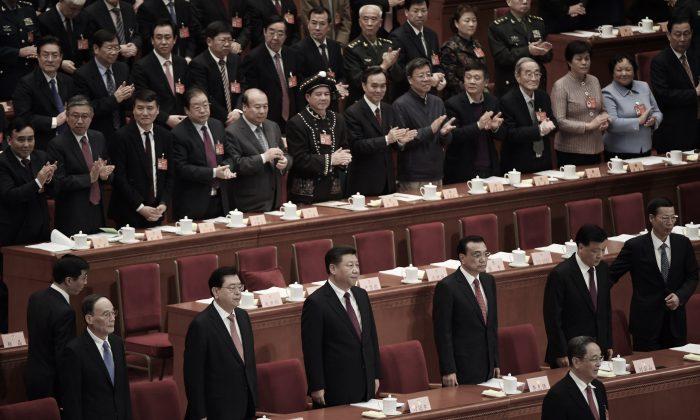
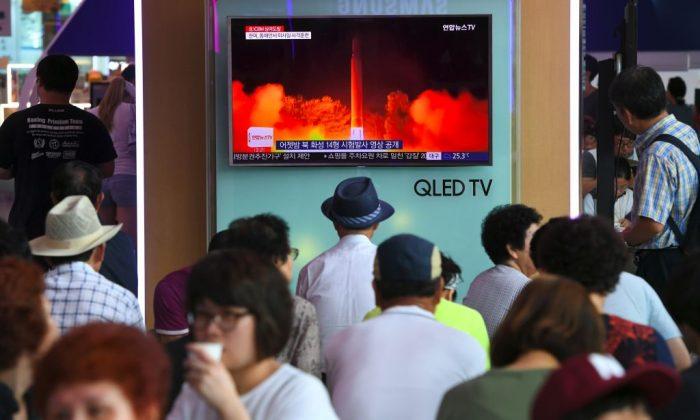
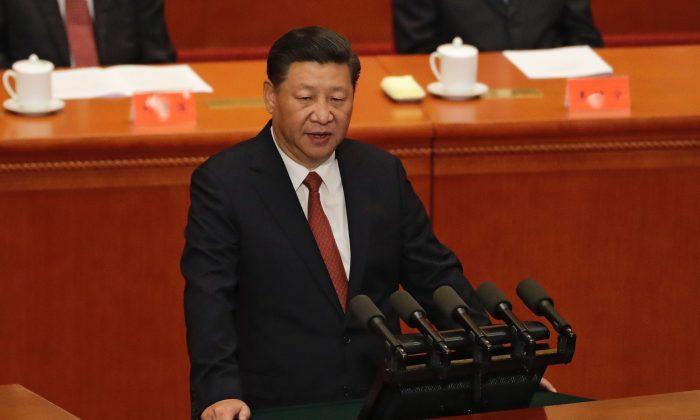
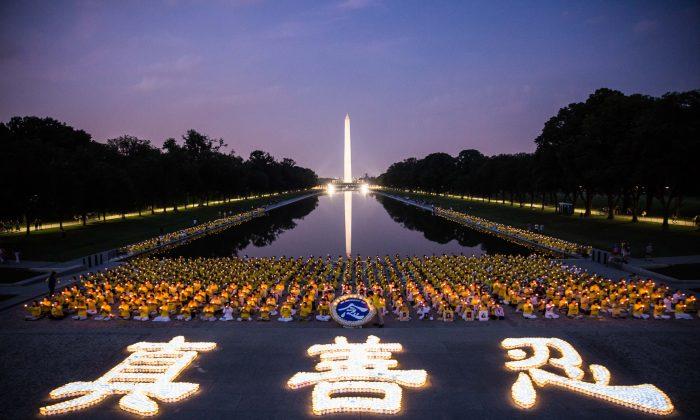
Friends Read Free